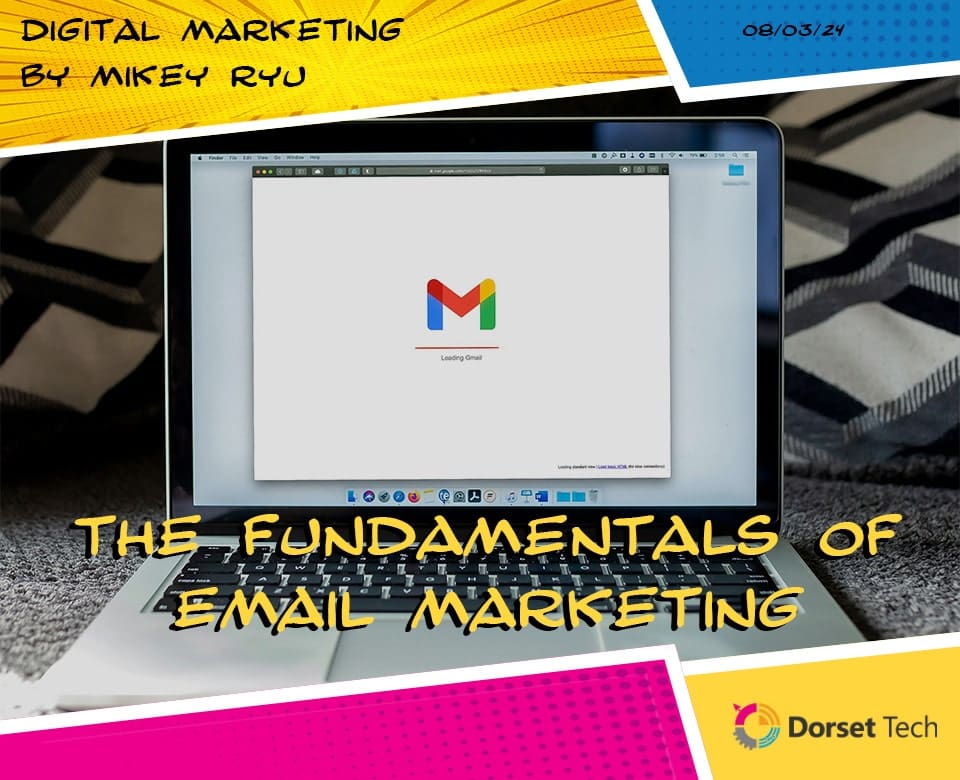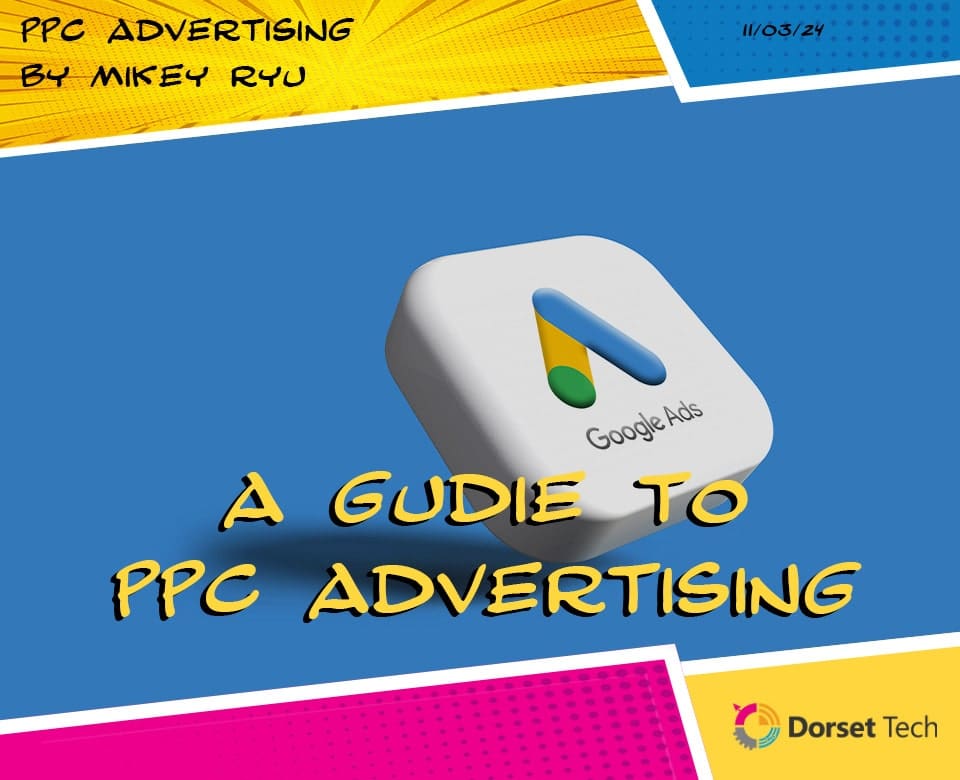
Unveiling the Essentials of Email Marketing
Email marketing remains a cornerstone strategy for businesses looking to nurture leads, engage customers, and drive conversions in the digital era. With its unparalleled reach, cost-effectiveness, and measurability, email marketing continues to deliver impressive returns on investment for businesses of all sizes. In this comprehensive guide, we’ll delve into the fundamental principles of email marketing and how businesses can leverage its potential to achieve their marketing objectives.
Understanding Email Marketing:
Email marketing involves sending targeted, personalized emails to a list of subscribers with the goal of building relationships, driving engagement, and promoting products or services. Unlike social media or search engine marketing, which rely on external platforms, email marketing provides businesses with a direct line of communication to their audience’s inbox. By delivering timely and relevant content, businesses can nurture leads, retain customers, and drive repeat purchases.
Building a Quality Email List:
A quality email list is the foundation of successful email marketing campaigns. Focus on building an opt-in email list comprised of subscribers who have willingly provided their email addresses and consented to receive communications from your brand. Offer incentives such as discounts, exclusive content, or giveaways to encourage sign-ups. Avoid purchasing email lists or resorting to unsolicited email outreach, as these practices can damage your sender’s reputation and result in low engagement rates.
Segmentation and Personalisation:
Personalisation is key to maximising the effectiveness of your email marketing campaigns. Segment your email list based on demographic data, purchase history, engagement behaviour, and other relevant criteria to deliver targeted content tailored to each segment’s interests and preferences. Use merge tags to dynamically insert subscriber names, locations, or other personalised information into your emails, enhancing relevance and driving engagement.
Compelling Content Creation:
Compelling content lies at the heart of successful email marketing campaigns. Whether it’s promotional offers, product updates, blog posts, or newsletters, your content should provide value to your subscribers and compel them to take action. Experiment with different content formats, such as images, videos, gifs, or interactive elements, to keep your emails visually appealing and engaging. Craft attention-grabbing subject lines and clear, concise calls-to-action (CTAs) to drive clicks and conversions.
Automation and Drip Campaigns:
Automation allows businesses to streamline their email marketing efforts and deliver timely, relevant messages to subscribers at scale. Set up automated workflows or drip campaigns to send targeted emails based on predefined triggers or subscriber actions. For example, welcome new subscribers with a series of onboarding emails, re-engage inactive subscribers with targeted content, or nurture leads through the sales funnel with personalised email sequences.
A/B Testing and Optimisation:
Continuous testing and optimisation are essential for improving the performance of your email marketing campaigns. Conduct A/B tests to experiment with different elements such as subject lines, sender names, email copy, CTAs, and design variations to identify what resonates best with your audience. Analyse engagement metrics such as open rates, click-through rates, conversion rates, and unsubscribe rates to gauge the effectiveness of your tests and make data-driven decisions to optimize your campaigns.
Compliance and Deliverability:
Compliance with email marketing regulations and best practices is paramount to maintaining a positive sender reputation and ensuring deliverability. Familiarize yourself with laws such as the CAN-SPAM Act and GDPR (General Data Protection Regulation) and adhere to permission-based marketing practices. Use a reputable email service provider (ESP) with robust anti-spam measures to ensure that your emails reach subscribers’ inboxes and avoid being flagged as spam.
Performance Measurement and Analysis:
Regularly monitor and analyze key performance metrics to evaluate the effectiveness of your email marketing efforts. Track metrics such as open rates, click-through rates, conversion rates, bounce rates, and unsubscribe rates to assess the performance of your campaigns and identify areas for improvement. Use email marketing analytics tools provided by your ESP to gain insights into subscriber behaviour, campaign performance, and ROI, enabling you to refine your strategy for better results.
In conclusion, email marketing remains a powerful tool for businesses to engage with their audience, drive conversions, and achieve their marketing goals. By understanding the fundamentals of email marketing and implementing best practices for list building, segmentation, personalization, content creation, automation, testing, compliance, and performance analysis, businesses can harness the full potential of email marketing to cultivate lasting relationships with their subscribers and drive sustainable growth.





















